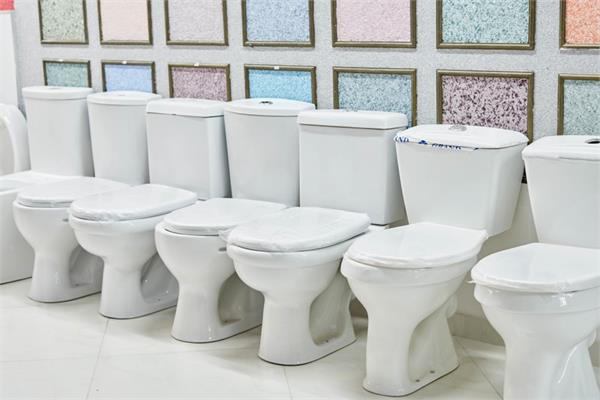
The new transparent and odourless coating ensures the self-sanitisation of shared surfaces for public health applications.
Researchers from the American Chemicals Association have recently published a new study in which they present a new transparent and colourless coating that makes glass and porcelain surfaces more water-repellent, preventing bacteria from sticking. The coating can then be applied to glass and porcelain to ensure water droplets to easily slide off, preventing fog or bacterial films from developing in the inside of a toilet bowl and ensure the self-sanitisation of shared surfaces for public health applications.
In order to add water-repellent property to surfaces, scientists usually engineer microscopic structures similar to the tiny barbs and hooks on bird feathers, trapping air or oils between the surface and water droplets. However, this method is typically labour intensive and can change the appearance of the surface. Another approach is to graft slippery polymer chains acting like a permanent oil slick onto a surface. Yet, the technique can involve harsh chemicals and is not feasible for use on everyday items.
So, Mustafa Serdar Onses and his co-workers decided to find a more practical way to make polymer-grafted surfaces repel water and impede growth of bacterial films. The selected approach involved grinding polydimethylsiloxane (PDMS) in a ball mill for an hour, during which small tungsten carbide balls bombarded the oil at high speeds, breaking apart some of the chemical bonds of the polymer and forming new molecules. The team hypothesised that the milled PDMS would graft quickly onto surfaces, forming a durable oily layer.
The researchers brushed the milled oil onto one side of the interior of a sterilised toilet, leaving the other half untreated. Then they poured sterile human urine combined with E. coli and S. aureus bacteria into the toilet and subsequently swabbed what was left behind on both halves of the bowl. Bacteria culture tests showed that the PDMS-treated area inhibited 99.99% of the bacterial growth as compared to the untreated area.